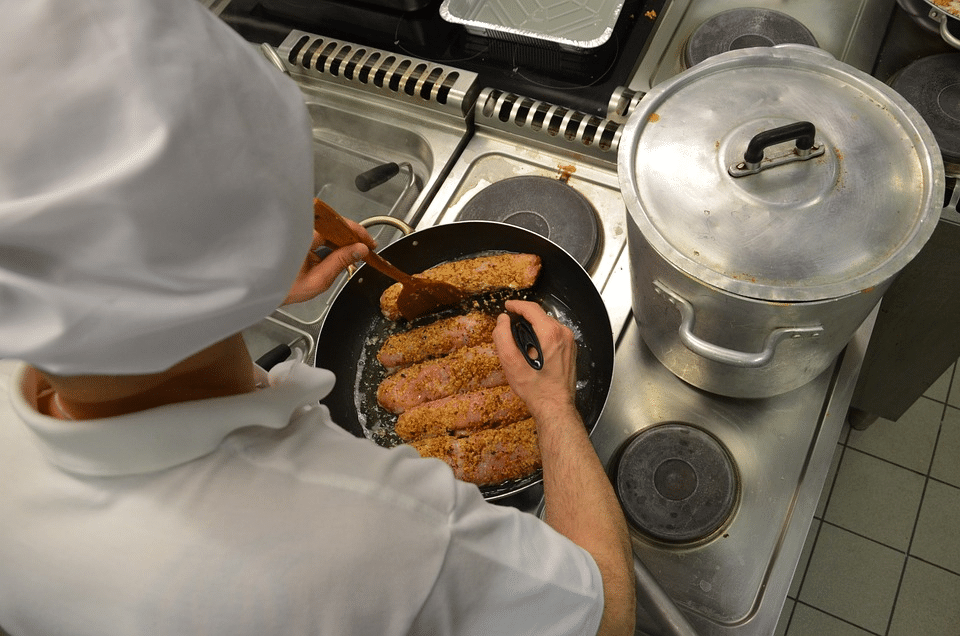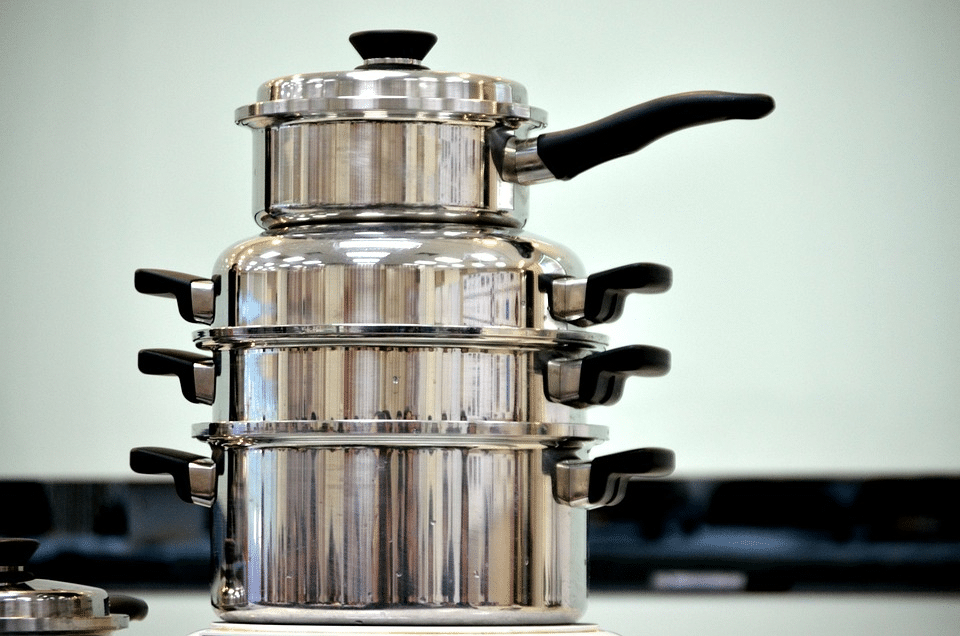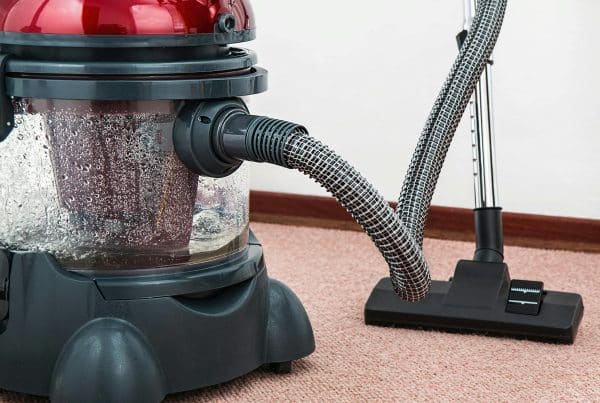Everyone wants to excel in creating culinary masterpieces, but have you ever wondered if you are using non-toxic cookware? Your family’s health depends on your cookware choices. Maybe your newly-bought cookware set is dear to you, but what if it’s not safe?
The good news is there are non-toxic cookware options out there, but the not-so-good news is finding the best cookware is an uphill battle. It is hard to distinguish which company is just advertising with a “safe label” or is actually making chemical-free metals. Here you will find the safest cookware and materials you need to avoid.
Concerns with Different Cookware Types
Some cookware leeches hazardous chemicals into the food, and regular intake of such chemicals can lead to severe health implications, especially those related to hormone disruptions. Besides threatening your life, toxic cookware, containing forever chemicals, is also a burden to our environment.
However, there is no 100% safe cookware. That said, by looking at the ins and outs of various cookware materials, you can evaluate which one is the safest option.
Nonstick Cookware
What is the point of using only grass-fed meat and green produce if you are cooking in something that is toxic as pesticides? Yes! We are talking about non-stick cookware that uses PFOAs and PTFE to give a non-stick effect. These chemicals are mostly found in pesticides and household cleaning products and are known to cause reproductive defects, congenital disabilities, and cancer.

Aluminum cookware
Aluminum is everywhere in cookware. These metal ions can leach into the food, especially when acidic food is used, such as spices and tomato sauce. Aluminum is a neurotoxin that damages the brain. Moreover, constant exposure can also lead to slow growth in children, reproductive issues, Alzheimer’s disease, and more.
Copper Cookware
No matter how tempting the pristine look of copper cookware is, you should not go for them if your health is your utmost priority. High exposure to copper through uncoated pots and pans can lead to nausea, vomiting, diarrhea, or stomach cramps. However, you can use stainless steel-lined copper pans to avoid leaching.
Best Non-toxic Cookware
The best non-toxic cookware is not coated with “forever chemicals” and has a minute amount of chemicals. Every cookware material has pros and cons, so diversify your cookware choices with relatively safe options. Some of the best and safe cookware options are:
Cast Iron & Carbon Steel Cookware
Cast iron cookware is a great addition for households as it holds heat and is over-friendly. People with iron deficiency should prefer this cookware type as a small portion of iron from the cookware can make its way to the food. However, if you are diagnosed with hemochromatosis (iron overload), skip the cast iron cookware.
Carbon steel cookware is also a safe option, but its seasoned coat may strip away due to acidic food, but you can season it again when needed. Alternatively, opt for Enamel-covered cast iron if you want to embrace the safest option in this material. Though expensive, this is a completely non-toxic option to consider.
Stainless Steel Cookware
Stainless steel is durable, heat up quickly, and gives a more tempting golden brown look while frying than its non-stick counterparts. Though your food may stick to a stainless steel pan, you can avoid this sticking by preheating the pan or by using extra oil.
Glass and Ceramic Cookware
Glass cookware is a widely used bakeware material because it is non-toxic and naturally non-stick. You can read our non-toxic bakeware guide to ease your baking experience.
Ceramics are also non-toxic if they are properly glazed. These are durable, good at heat conduction, versatile, and work best for stovetops, ovens, and freezers.
Salt Plates
This is the only safe cookware type, even if it leaches, as it will add just a bit of salt to your food. Though this takes time in heating to avoid cracks, this is the coolest option if you have a little extra time in the kitchen.
Conclusion
While choosing your cookware, consider the material of cookware and its traits. Moreover, under certain circumstances, the cookware reacts differently. For instance, the use of metal tools can scratch the surface of most of the coated cookware, which facilitates leaching. Therefore, use only wood cooking tools to avoid scratches on your non-stick, ceramics, and other cookware surfaces.








